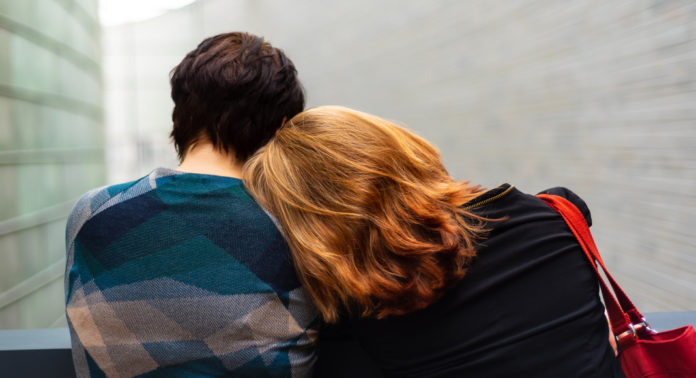Editor’s note: May is Mental Health Awareness month, and so we here at The King’s Collective have teamed with The King’s University’s Marriage and Family Therapy department to bring you some great articles about issues related to mental health.
The topic of boundaries has become one of the most highly talked about subjects of the past decade. We all want to know how to set healthy boundaries, but what does that look like? One shift in thinking could be if we labeled a boundary as a self-protective wall? Let’s discuss how can we decipher the difference.
A personal boundary is a position each person holds that allows what is acceptable in each relationship. Many people are not aware of their boundaries are until they have been crossed. It is natural to respond to certain behaviors that feel like an invasion of personal space or go so far as to devalue that individual’s personal beliefs. Boundaries help us define how we view that person in our hearts. This can provide the individual greater insight into whether the situation is a healthy boundary or an unhealthy barrier.
An example of this could be if someone has experienced rejection as a child and that place was never validated, healed, or acknowledged. There may be a wound that has determined that they will never allow themselves to be put in that position again. Therefore, when a new relationship starts to tap into any emotions that were originally present in that first experience, the soul may be triggered to self-protect and respond even if it’s feelings of vulnerability and not rejection per se. These warning lights may signal to the internal system that the relationship is unsafe because it remembers the original wound.
Viewing this response with curiosity and humble interest will help build internal rapport with that part of the self. Honoring the pain and giving it a voice has the opportunity to heal the original experience and, as a result, the emotions can be felt and separated so when the system is triggered again, the unconscious has been brought to the conscious, and the gut instinct can be trusted to not confuse the intertwined emotions.
Now that same situation can be encountered the same way but the heart posture underneath it has shifted. When unhealed parts of self are setting limits in life, it also tends to block the ability to have closeness and emotional intimacy with the Lord and with other people. By untangling those emotions, they are now free to engage with fewer motives to self-protect and can objectively set a boundary if needed.
This healing also allows the boundary to be carried out without the expectation that the individual setting the boundary is responsible for the other person’s response. When hurt parts of the soul are aligned and brought back together with the existing healed parts, there is an internal peace that is established that says, “I am responsible for defining what is best for me and the other person in the relationship is responsible for their own space in how they feel and view it.” The weight shifts from carrying the burden of being misunderstood in the situation because the internal motive can now be trusted and we can love the other person where they are on their journey, even if that means we love from a physical distance.
What does it mean to love someone where they are? It’s a decision that assumes people are doing the best they can with the tools, experiences, and beliefs they have at the moment. It’s choosing that we are loving from a place of wholeness as we create healthy space in our life to dictate accountability and consequences that give us room to broadcast that love outwardly. From a relational standpoint, it means that we are safe people because we bring our authentic selves into the relationship. The desire to communicate, connect, and have healthy conflict resolution motivates when, where, and how a healthy boundary is needed.
This article was written by TKU Master of Marriage and Family student Andria Booles and Dr. Cassie Reid.

